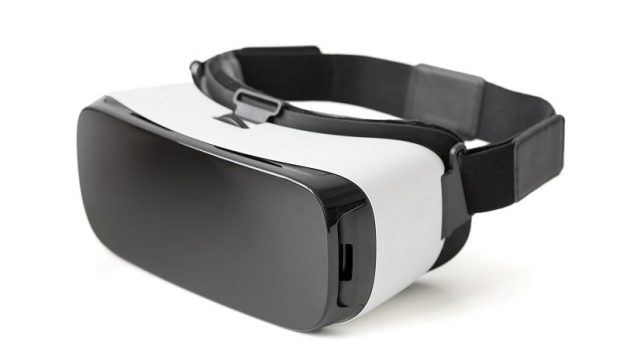Connected worker technology can encompass a variety of tools and resources, but the digital solution it is most associated with is smart wearable headsets.
When we picture the construction sites of the future, we often visualize workers walking around with these headsets, but what do they actually do?
These headsets are labelled as connected worker technology because they enable audio-visual data streaming and real-time collaboration between employees in the field, at home or in the office. Today, there are a variety of smart wearable headsets available, from small cameras that attach to pre-existing hardhats to fully equipped ANSI-certified safety hardhats and protective visibility headsets that are classified as construction grade and safe to use on project sites — even when there are provisions such as hearing protection required.
The main question many are asking is: “What are the use cases of this technology and why should companies consider it?” There are five key benefits of adopting this connected worker technology today.
First, incorporating this digital solution alleviates challenges presented by travel. For example, by using smart wearable headsets, employees in different locations can still virtually access sites and work directly with local teams, eliminating excess time spent on transportation. Another application of the technology is for engineers who are approving sites, as they have a duty to perform regular site walks. By putting a date on a schedule where a site walk will be held and including the option to record it, there is no reason for the engineer to miss the walk. They can have eyes on the site every week, even if traveling, on leave or otherwise unavailable.
Second, this technology can improve overall safety performance. Health and safety calls can be held on the project to show what exactly is occurring in the field and assess where any potential risk for employees may be located. Advisers from different locations can then join the call and bring their depth of experience to the site. Similarly, it can be applied to safety inspections, where a full safety inspection can be facilitated remotely via this technology, including the random assessment of tools used in the field and their calibration statuses.
Third, these headsets provide a thermal view of facilities, where they can see heat loss through insulation, higher equipment temperatures than expected and other anomalies necessary to flag during an inspection. Incorporating this technology into audits improves the quality of what an inspector can do on his or her own, allowing the inspector to detect thermal anomalies that are less easy to observe with the human eye.
Fourth, when issues arise in the field, this technology can allow for immediate access to the decision-making bodies who will assess and correct the issue at hand. Some issues and discussions require many stake-holders and discussion members be present. By using smart wearable headsets, those potentially dozens of personnel are condensed into a single stakeholder’s shoes, with shared eyesight, hearing and location.
Fifth, connected worker technology can improve efficiency and optimize project management. To enable regular connections among all project stakeholders, using smart wearable headsets can allow video-call participants to directly see and interact with the view of the user. This can also be applied to improving team workflows and holding a dialogue with multiple parties to work through issues and come to a common resolution. Traditionally, conducting these meetings would require a few extra days of lost productivity to accommodate travel to and from worksites and then wait on a resolution after the crew has had a chance to view the issue on-site, discuss and follow up as needed. These stakeholder sessions can now be conducted in a fraction of the time with a call for each of the stakeholders involved, where they are remotely dialed in to view the on-site challenge.
In summary, these devices are designed to help employees with everything from inspections, competency assessments and work scope through to maintenance, factory assessment testing, decommissioning and much more. Incorporating devices like these into daily operations can help save time and money and reduce schedule delays.
For more information, visit www.woodplc.com or call (337) 205-1711.








Gloss